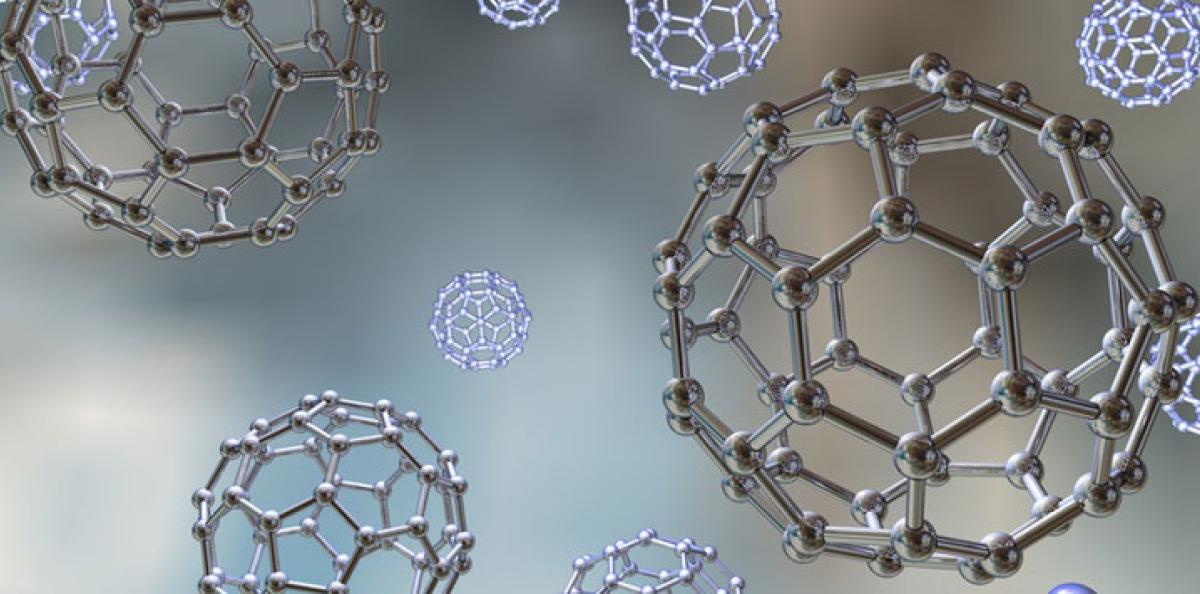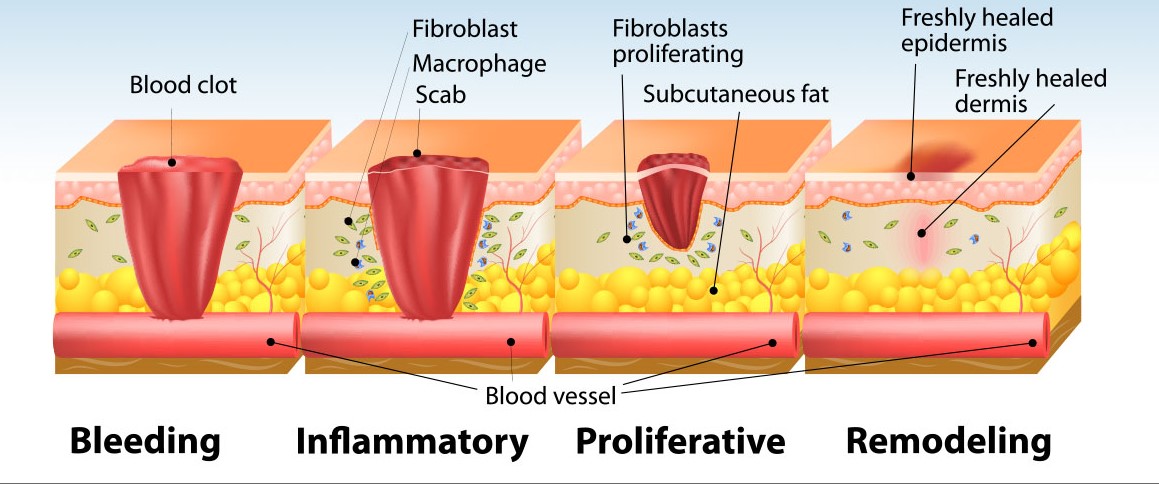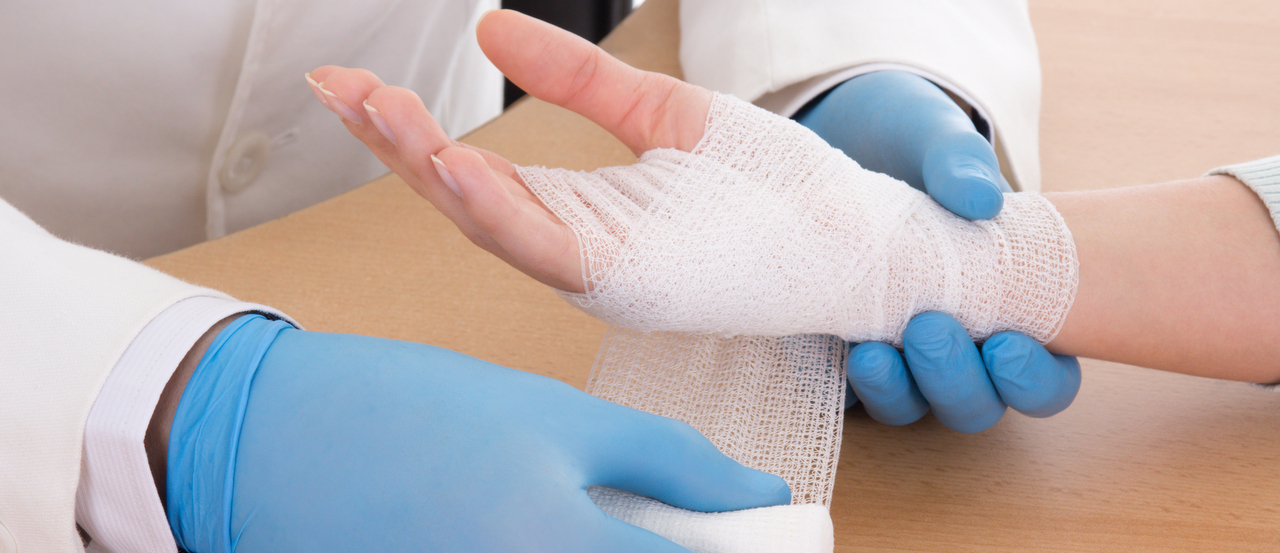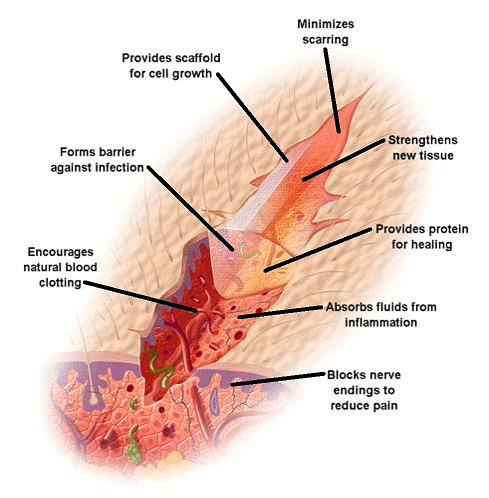

Introduction wound healing
Chronic wounds represent a growing challenge in healthcare. Such wounds not only cause significant pain but also restrict physical activity, lead to social isolation, and necessitate increased reliance on medical care. The process of wound healing is categorised into four distinct phases: Hemostasis, Inflammation, Proliferation, and Remodeling.
This intricate process can be impeded by a myriad of factors. Locally, aspects like moisture, infection, and maceration can interfere, while systemic considerations include age, nutritional status, and body composition. Additionally, external elements like smoking, prevalent disease conditions such as diabetes, and hormonal imbalances play crucial roles. Disruption in any part of this healing journey can culminate in suboptimal and delayed wound healing.

Conventional wound treatment
Traditional wound management primarily involves routine dressing changes, the application of antibacterial creams, the use of antibiotics, and, in severe instances, surgical interventions or amputations. However, these strategies may not always address the root cause, and sometimes might only manage the symptoms or introduce new complications. Chronic wounds present unique challenges due to several underlying factors such as persistent infections, compromised immune systems, inadequate blood circulation, and neurological disorders. Given the intricacies associated with treating these wounds, they demand a specialised therapeutic approach. Our research is dedicated to pioneering more effective solutions that aim not just to manage, but to heal chronic wounds comprehensively.

Nanomedicine
Nanotechnology involves manipulating or altering materials at the nanometer scale to achieve specific characteristics on a macro scale. The term ‘nano’ denotes a billionth. The potential applications of nanotechnology are vast, and it’s poised to bring transformative changes across various industrial sectors, notably within the realm of medicine.
Nanomedicine represents the intersection of medicine and nanotechnology. This discipline harnesses nanoscale materials for the diagnosis, treatment, and monitoring of diseases. Touted as a groundbreaking advancement in medicine, nanoparticles have demonstrated remarkable efficacy in treating a range of ailments, including chronic wounds. The potential applications of nanoparticles appear boundless.
Our research
In the course of our research, we have harnessed biodegradable core-shell nanoparticles embedded within a hydrogel matrix. Our proprietary methodology enables the creation of nanoparticles that undergo spontaneous reassembly, derived from custom-engineered macromolecules. A pivotal aspect of this technology hinges on the precise balance between the hydrophilic and hydrophobic segments, which is integral for the nanoparticles’ formation. This hydrophobic attribute facilitates the encapsulation of various molecules, notably therapeutic agents.
Strategic modifications, such as the alteration of targeting molecules on the nanoparticle’s surface, size adjustments, or the introduction of specific ionic groups, can optimise selective cellular uptake.
These nanoparticles are engineered to have an exceptional water retention capacity, absorbing up to a thousand times their dry weight. This property underscores their potential in wound healing applications. The incorporation of these nanoparticles into hydrogels offers distinct advantages, primarily due to their enhanced biocompatibility, economic viability, and inherent biodegradability.
